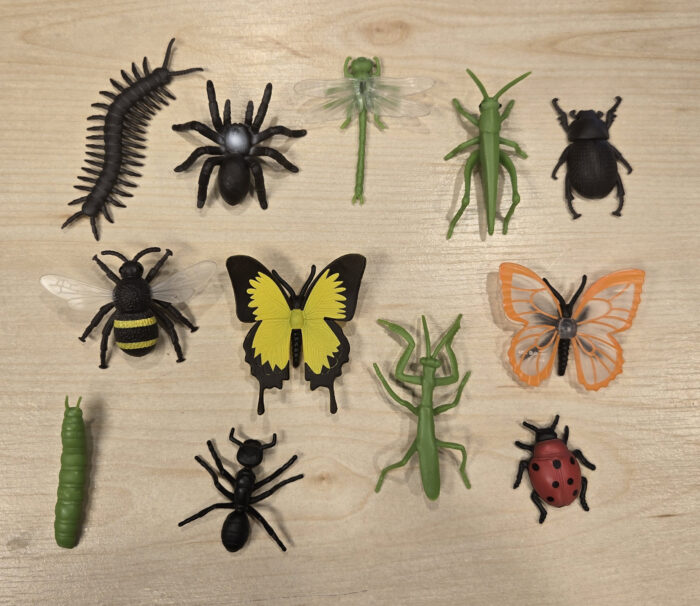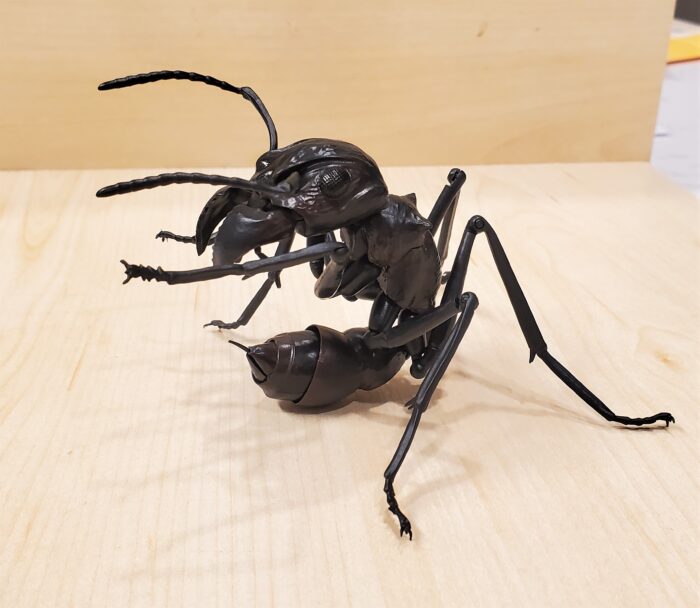After recently reviewing Safari Ltd.’s Insects TOOB and having previously reviewed CollectA’s Mini Insects and Spiders tube, I decided to follow them up with an overview of Mojö Fun’s 2024 Insects & Spiders Tube. I didn’t have high hopes for this set. Promo pics gave the impression of typical bin/dollar store-style cheap insects.
Classification: Bees, Ants & Wasps
Insects TOOB (Safari Ltd.)
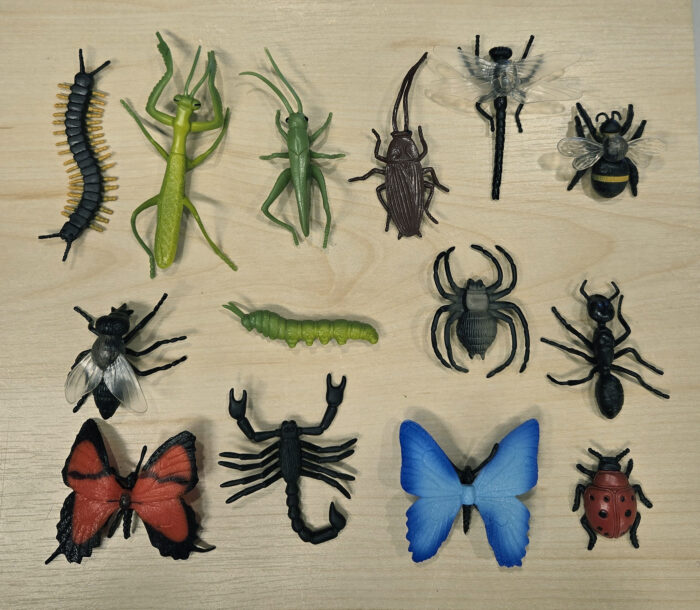
I have recently reacquired the Safari Ltd. Insects TOOB and thought I would showcase it for the Blog. There have been at least three (maybe more) iterations of this TOOB over the years, with I believe the first version coming out in 2004. At some point (I don’t know what year) Safari also released a glow-in-the-dark version of the TOOB.
King of Wasps (Diversity of Life on Earth: Advanced Wasps Vol. 2 by Bandai)
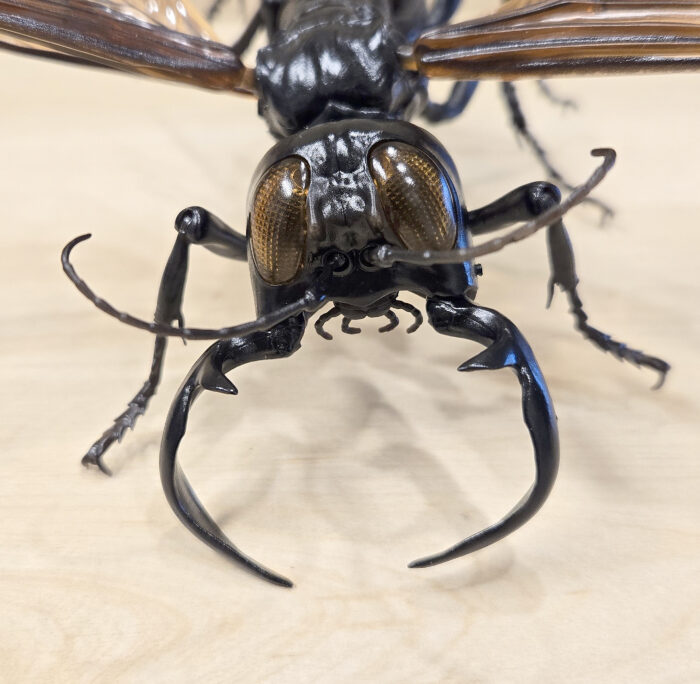
Megalara garuda, commonly called the King of Wasps or Garuda wasp, was only formally described in 2012. It was named after the Hindu deity Garuda, the bird-like mount of the Hindu god Vishnu. This crabronid wasp is endemic to the Mekongga Mountains of the Indonesian island of Sulawesi.
Executioner Wasp (Brave Wilderness by Curatorial LLC)
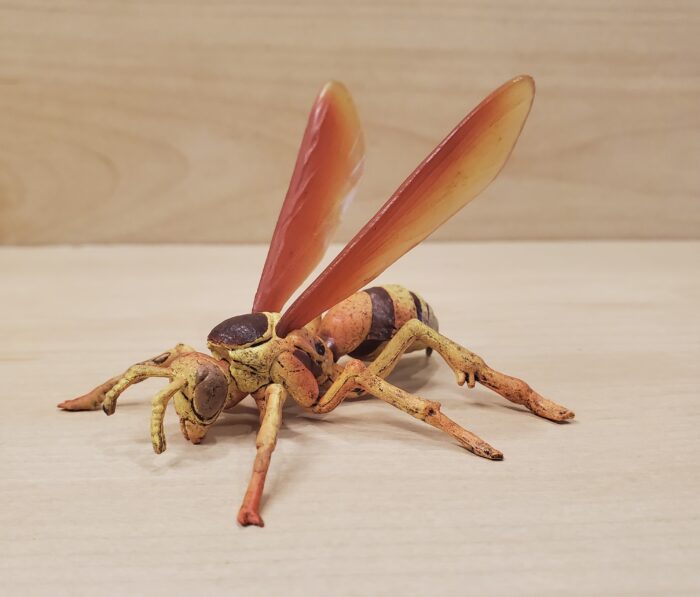
For my last ‘spooky’ review for October 2023, I will be reviewing a figure of the executioner wasp (Polistes carnifex), which was produced by Curatorial LLC for Brave Wilderness, a YouTube about animals and nature. I was first alerted to this figure by an STS forum member, and to be honest, before I was made aware of this figure, I had never heard of Brave Wilderness (then again, I don’t use YouTube for watching programs).
Bumble Bee (Garden Animals by Papo)
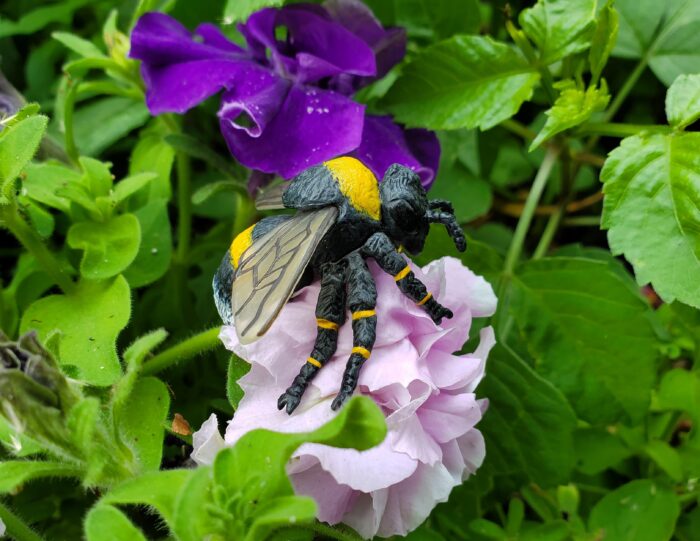
The genus Bombus, which includes the bumble bees, consists of over 250 species worldwide. They occur in most terrestrial habitats throughout the Americas and the Palearctic, but are absent in much of Africa, the southern Middle East, much of the Indian subcontinent, Australia, and New Zealand (although they have been introduced to the New Zealand and Tasmania).
Japanese Carpenter Ants (Revogeo by Kaiyodo)
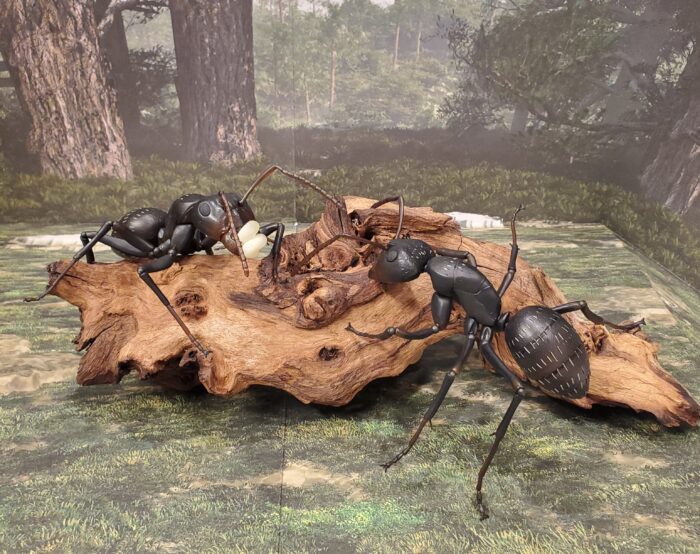
I am continuing what seems to have become a tradition of mine, which is to review the next Kaiyodo Revogeo arthropod. Today we are looking at a pair of Japanese carpenter ants (Camponotus japonicus) which were released just last month. I discussed the geographic distribution and biology of this species here the last time I reviewed the species, so for this review I will focus exclusively on the figures themselves.
Honeypot Ant (Little Wonders by CollectA)
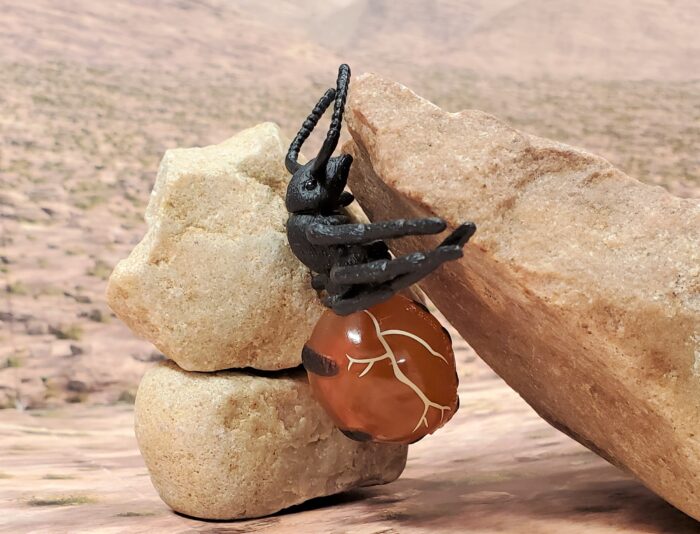
The term ‘honeypot’ ant is a common name given to multiple genera of ants that are best known for the replete, or plerergate, members of their caste system. Repletes are sterile works that serve as food reserves for when other food sources are scarce. The repletes hang from the ‘ceiling’ in special chambers of the nest and are gorged with food to the point their abdomens become greatly distended with honey.
Bullet Ant (Diversity of Life on Earth – Ants by Bandai)
Japanese Carpenter Ants (Epoch)
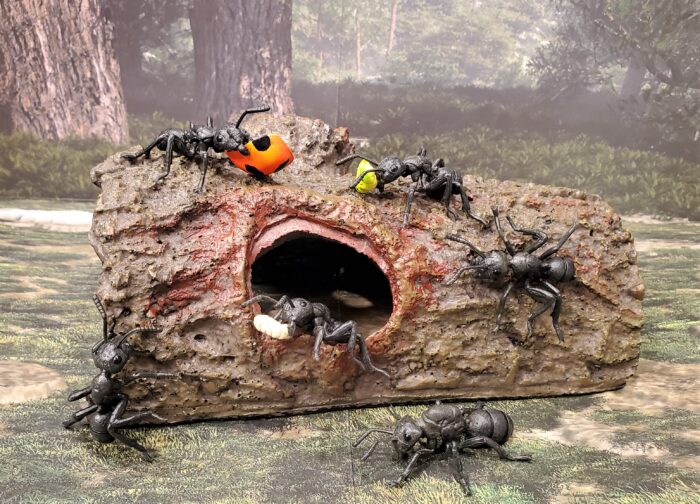
The Japanese carpenter ant (Camponotus japonicus) is a widely-distributed species that occurs throughout much of East Asia, from Pakistan and Mongolia, east to China, Russia (eastern Siberia), and the Philippines, and Japan. Like other carpenter ants, colonies, which can consist of thousands of individuals, occurs in dead and decaying wood, such as logs and the dead, hollowed-out part of standing trees.
Honey Bee (Incredible Creatures by Safari Ltd.)
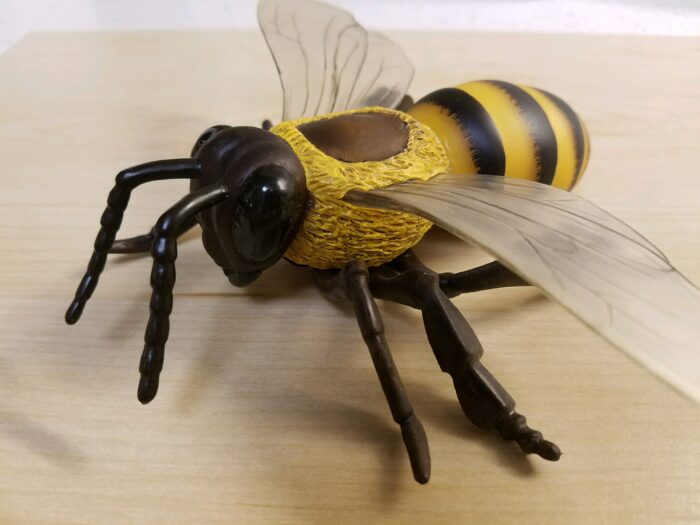
Walk around of the honey bee, Apis mellifera Linnaeus, 1758 by Safari LTD for their Incredible Creatures line, originally released in 2006. What is surprising about this figure is that it is the ONLY insect to ever be released in the Incredible Creatures line, and it would be the only terrestrial arthropod if not for the recent sinking of the old Hidden Kingdom line into the IC line (of course, the only remaining figures in that line are the monarch, black widow, orange-kneed tarantula, and revamped scorpion).
Ant (Wild Animals by Papo)
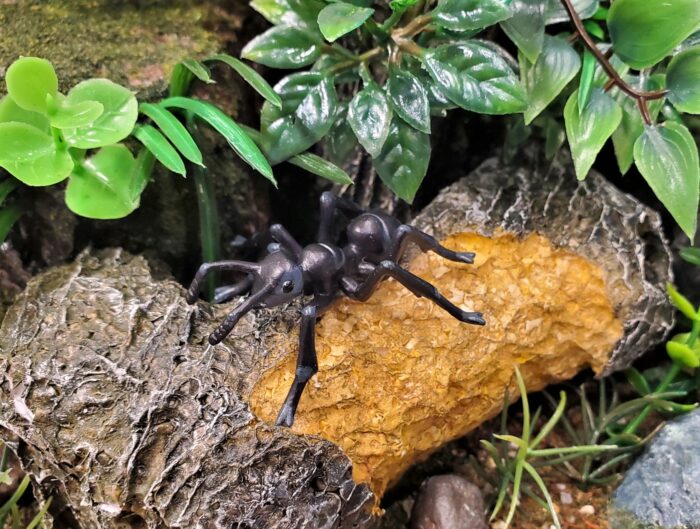
One bright day in late autumn a family of ants were bustling about in the warm sunshine, drying out the grain they had stored up during the summer, when a starving grasshopper, his fiddle under his arm, came up and humbly begged for a bite to eat.
“What!” cried the ants in surprise, “haven’t you stored anything away for the winter?
Rusty Patched Bumble Bee (Animals with Superpowers by Yowie Group)
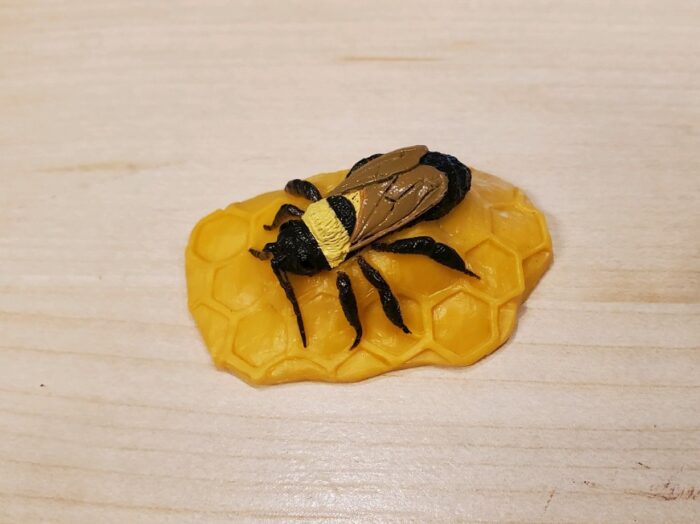
Bumble bees are not uncommon in the toy realm, usually as ‘generic bees’ in bin-style sets. Some have been made by major manufacturers, including Bullyland, CollectA, and Safari Ltd., but none of those are identified at the species level. To my knowledge, there are only two figures of bumble bees attributable to the species level, the golden northern bumble bee (Bombus fervidus) by Play Visions in 1996 and the rusty patched bumble bee (B.

